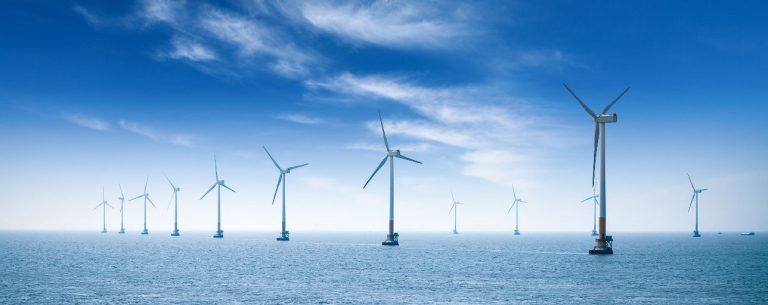Bioenergy projects that produce electricity and/or heat from solid fuels mostly use feedstocks that are sourced locally, such as residues from agricultural, forestry processes and timber processing, and municipal solid waste. Increasingly, however, solid biomass fuels are being processed and transported (most often in the form of pellets) to where markets are available and most profitable. This growth in biomass pellet production to serve international markets for heat and electricity production is an important development in the sector.
In 2018, global production of biomass pellets reached an estimated 55 million tonnes. China contributed around 20 million tonnes – up five-fold from 2014 – produced mainly from wood and agricultural residues and used almost entirely domestically. The other top producing regions were Europe (17 million tonnes) and North America (11 million tonnes). Excluding China (where information on pellet usage is unclear), nearly 17 million tonnes of pellets were used worldwide for power generation and CHP production (and other industrial purposes) in 2018, and 18 million tonnes were used to provide heat in the residential and commercial sectors. Excluding pellets produced in China, pelleted fuels generated an estimated 90 TWh of electricity, representing around 6% of the biomass used for electricity generation. Pellets also provided an estimated 7.5% of the biomass used to heat buildings.
The global trade in wood pellets initially relied on subsidiary companies established by major users such as Drax (United Kingdom) and RWE (Germany), which, in the absence of alternatives, invested in vertically integrated supply chains to meet their own demand. More recently, however, the market has shifted to third-party supply from major producers such as Enviva (United States), Graanul Invest (Baltic States) and Pinnacle Renewable Energy (Canada), as well as smaller-scale regional suppliers such as An Viet Phat (Vietnam) and FRAM Renewable Fuels, Highland Pellets and Pacific Bioenergy (all United States). These companies have invested in production capacity and logistics to match long-term supply contracts from major power producers in Europe and Asia.
Most of the pellet supply is produced from wood residues that are dried and compressed, which results in a product with a higher energy density than wood chips. However, work is ongoing to develop and commercialise pellets made by torrefaction, which have an even higher energy density and can substitute for coal. In 2019, Clean Electricity Generation (United Kingdom) delivered its “Bio-Coal” pellets for trials at a district heating system in France, ahead of the development of a commercial-scale plant in Estonia that aims to produce 157,000 tonnes of pellets a year.

Fig: Biomass pellets combustion
Source: https://www.ren21.net/wp-content/uploads/2019/05/gsr_2020_full_report_en.pdf
Featured Image source: Bio Energy Insight


